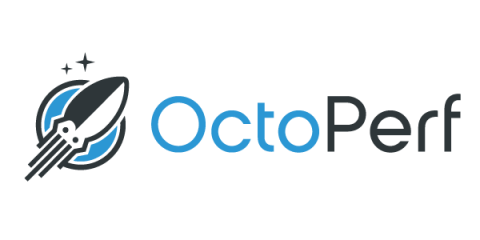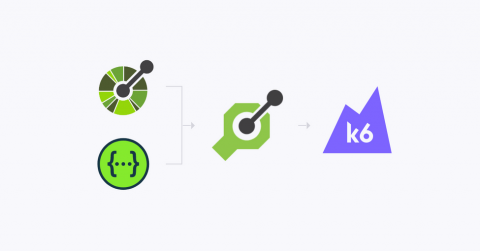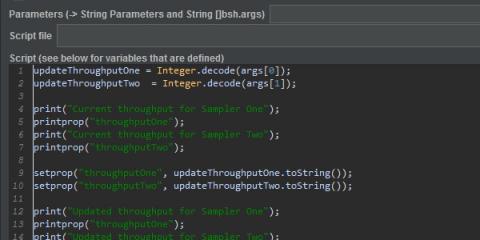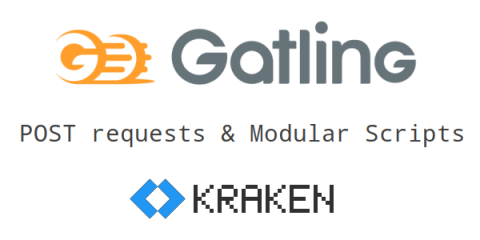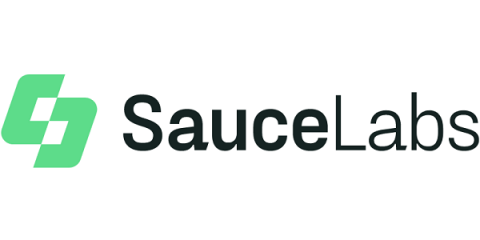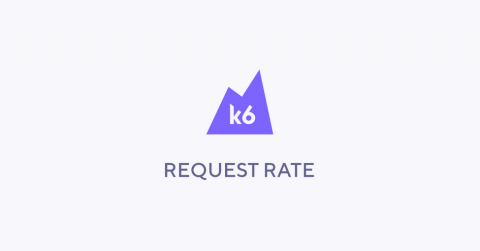Simple Way to Create Complex JMeter Scenarios
Introduction Creating complex performance testing scenarios in JMeter can be a complicated but necessary problem you will encounter as you build tests to mirror real user behaviour in your testing. There are many add-ins that can support you in the creation of these scenarios. Which is good if they do what you want them to do.


